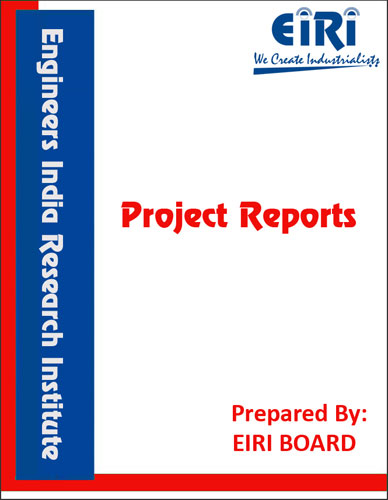ERW STEEL PIPE AND TUBE
The project report includes Present Market Position and Expected Future Demand, Market Size, Statistics, Trends, SWOT Analysis and Forecasts. Report provides a comprehensive analysis from industry covering detailed reporting and evaluates the position of the industry by providing insights to the SWOT analysis of the industry.
We can prepare PROJECT REPORT as per your INVESTMENT PLAN for BANK LOAN REQUIREMENT and INDUSTRY ANALYSIS. All reports are prepared by highly qualified consultants and verified by a panel of experts.
Have Query? Click Here to Chat
Industry Expert is Online, Chat with him for more detail.

Electric resistance welded (ERW) pipe is manufactured by cold-forming a sheet of steel into a cylindrical shape. Current is then passed between the two edges of the steel to heat the steel to a point at which the edges are forced together to form a bond without the use of welding filler material. Initially this manufacturing process used low frequency A.C. current to heat the edges. This low frequency process was used from the 1920’s until 1970. In 1970, the low frequency process was superseded by a high frequency ERW process which produced a higher quality weld.
Over time, the welds of low frequency ERW pipe was found to be susceptible to selective seam corrosion, hook cracks, and inadequate bonding of the seams, so low frequency ERW is no longer used to manufacture pipe. The high frequency process is still being used to manufacture pipe for use in new pipeline construction
ERW steel pipes & tubes find widespread usage across industries and fields. In addition to various engineering industries, they are used for water, oil and gas distribution, line pipes, fencing, scaffolding, etc. They are also used for agricultural purposes, drinking water supply, thermal power, for hand pumps for deep boring wells and also as protection for cables (telecom), among others. Depending on the requirement of the end user industry, ERW steel pipes & tubes are available in various wall thicknesses, diameters, and qualities. The different types include line precision pipes, tubular poles, electric poles, lightweight galvanised pipes for sprinkler irrigation, among others. The industry has sufficient capacity to manufacture the different types of pipes & tubes. High performance ERW steel pipes & tubes possess high strength, toughness and are corrosion resistant. In the manufacturing process of ERW steel pipes & tubes, the edges to be welded are mechanically pressed together and electric resistance or electric induction is used to generate the heat required for welding. With the adoption of better welding technology, ERW pipes & tubes are now widely used in the oil & gas sector. A number of ERW steel pipes & tubes production units are in the SSI sector. Higher demand from the oil & gas industry, infrastructure and automobile industries has led to a healthy increase in production of ERW steel pipes.
INTRODUCTION
TYPES OF ERW PIPE
PHYSICAL PROPERTIES OF PIPING MATERIALS
PROPERTIES
ADVANTAGES OF ERW PIPE
USES AND APPLICATION
B.I.S. SPECIFICATION
MARKET SURVEY
EXPORTS OF MS ERW PIPE UNDER
IMPORTS OF MS ERW PIPE
MANUFACTURERS/SUPPLIERS OF M.S ERW PIPES
MANUFACTURING PROCESS
PROCESS FLOW CHART
PLANT LAYOUT
PLANT AND MACHINERY
SUPPLIERS OF PLANT AND MACHINRY
SUPPLIERS OF RAW MATERIALS
APPENDIX – A:
1. COST OF PLANT ECONOMICS
2. LAND & BUILDING
3. PLANT AND MACHINERY
4. FIXED CAPITAL INVESTMENT
5. RAW MATERIAL
6. SALARY AND WAGES
7. UTILITIES AND OVERHEADS
8. TOTAL WORKING CAPITAL
9. COST OF PRODUCTION
10. PROFITABILITY ANALYSIS
11. BREAK EVEN POINT
12. RESOURCES OF FINANCE
13. INTEREST CHART
14. DEPRECIATION CHART
15. CASH FLOW STATEMENT
16. PROJECTED BALANCE SHEET



